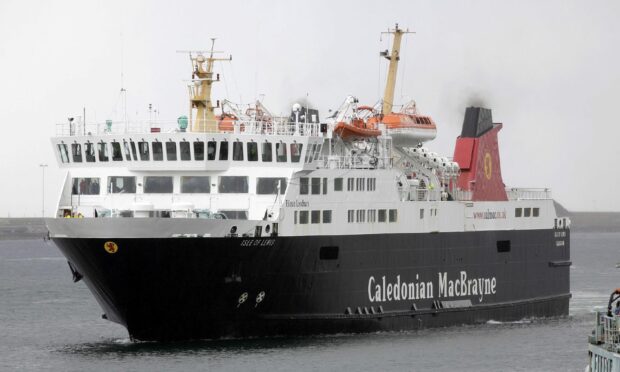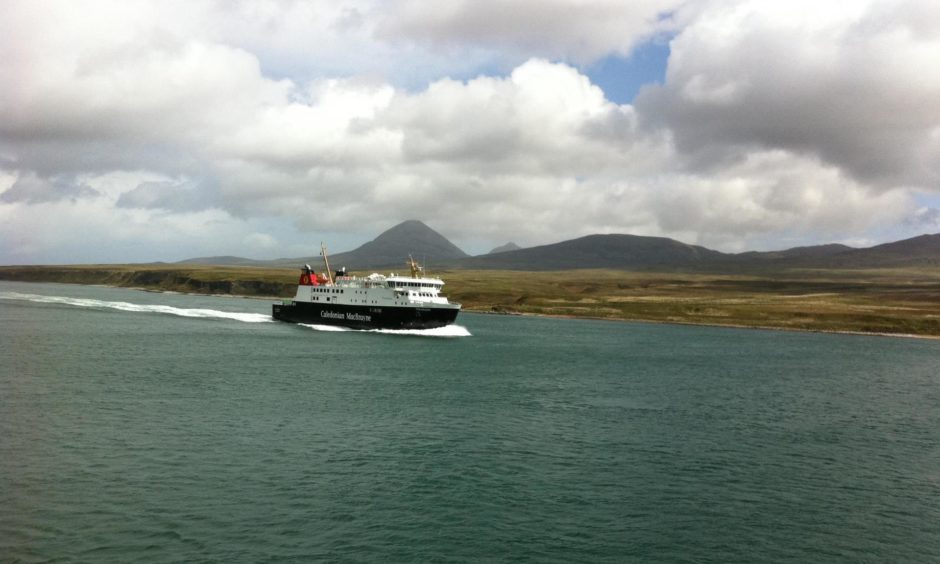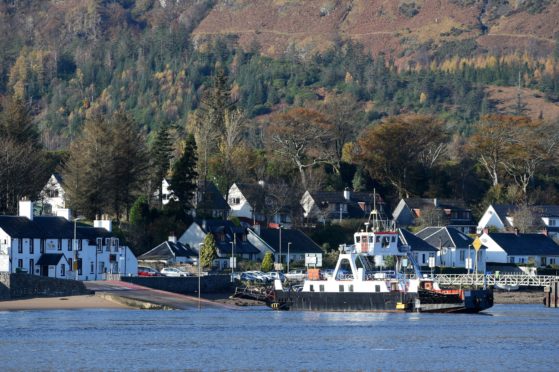A group of Highland councillors have drafted up a list of short-term measures the Scottish Government could take to end the ferry disruption misery.
The government is coming under increasing pressure to end disruption to island communities, which have been repeatedly impacted by ferry breakdowns.
Now members of Highland Council have come up with a list of medium to short-term measures that could finally resolve the problem.
Their efforts back those of Western Isles Council who are desperate to ease capacity issues and improve connectivity for the island communities following a series of breakdowns to services in the region.
Improving connectivity
Measures include chartering the MV Pentalina to operate the Craignure to Oban service and releasing the MV Coruisk to return to the Mallaig-Armadale voyage.
Councillors believe this could be delivered within four to five weeks of an agreement being reached.
They have also suggested getting MV Loch Fyne ready for slipway operation on the Lochaline to Fishnish service to increase capacity.
Members also want a commitment that the Raasay route will be covered by another hybrid electric ferry, or another carrying no fewer than 18 cars, at all times if the MV Hallaig needs maintenance.
Councillor Trish Robertson, chairwoman of economy and infrastructure, said: “We support the case that has been outlined by colleagues in the Western Isles for urgent action by government to secure the future of our island communities.
“The measures, if acted upon, offer improved resilience for people in Raasay, Skye and the Small Isles. They will also improve connectivity between Highland and the Western Isles offering a greater variety of choices to visitors to our area.
“These proposals will be shared with the new transport minister Graeme Dey and we look forward to working with him to improve connectivity throughout the Highlands.”
Read more:
- Island MSPs to meet new Transport Secretary Graeme Dey to discuss ferries
- CalMac ferry disruption is ‘intolerable’, admits SNP minister
They also want ministers to approve the purchase of the new catamaran identified by Mull and Iona Ferry Committee to provide a long term solution to the Mull service, ensuring MV Coruisk remains dedicated to the Skye service. It is believed a solution could be delivered by 2022.
Calls have also been made for a passenger vessel to operate alongside MV Loch Nevis to increase frequency for foot passengers travelling to the Small Isles by 2022.
Medium term solutions (2023 – 2028)
Looking further ahead from 2023-2028, councillors believe there should be a dedicated vessel on each Little Minch crossing.
The North Uist service could to be operated by an open deck ferry suitable for the busy freight flow on that route – with the shared vessel operation resinstated during the winter to free the Harris ferry to provide drydock relief cover throughout the network.
Representatives believe the move will enhance connectivity between Skye and the Western Isles.
They also propose replacing replacing MV Lord of the Isles, which has been in service since 1989, with a new ferry purpose built for the Lochboisdale to Mallaig service.
Recognise community frustration
A Transport Scotland spokeswoman said Mr Dey had a “constructive meeting” with elected members last week, where he heard some of the issues and challenges facing the communities.
She added: “We recognise communities’ frustration at the current disruption and the impact it is having. We are doing everything that we can, supporting Calmac to maximise available capacity across the network and to ensure the timely resolution of these issues.
“We are also delivering new tonnage to support our communities and working with CMal, Calmac, MSPs, community representatives and others to develop investment programmes for major vessels and small vessels – investing at least £580million over the next five years.
“In relation to short term issues, we are actively exploring opportunities for chartering additional tonnage, including consideration of the suitability of the MV Pentalina and looking at other credible, affordable and viable options to improve resilience.”


